|
Mutants are natural variations which occur due to spontaneous genetic changes or the expression of recessive (hidden) genes. Recessive genes show up when there is too much inbreeding. As well as anomalous colours (listed below), there are abnormally large or small individuals, longhaired individuals, short-tailed or even tail-less individuals. Los mutantes son variaciones naturales que se producen debido a los cambios genéticos espontáneos o la expresión de genes recesivos (ocultos). Los genes recesivos aparecen cuando hay demasiada endogamia. Además de los colores anómalos (listados abajo), hay individuos anormalmente grandes o pequeños, las personas de pelo largo, los individuos de cola corta o incluso sin cola. Source: http://t.co/t4IZfF0IzC
0 Comments
Source: http://www.treehugger.com/
Sofía Gabriela at "110 Awesome Women Scientist Tweeters"Thank you, I feel very honored to be in this list :)
Check it out here: http://www.scilogs.com/from_the_lab_bench/in-response-to-the-top-50-science-list/
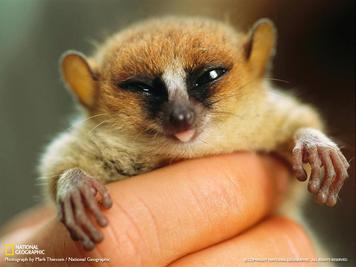 © Mark Thiessen © Mark Thiessen Una nueva especie de lémur ratón (uno de los primates más pequeños del mundo) es fotografiado en Madagascar Más información: http://bit.ly/1uLSfwf A new species of mouse lemur (one of the world's smallest primates) is photographed in Madagascar More Info: http://bit.ly/1uLSfwf
|
Blog Archive
|
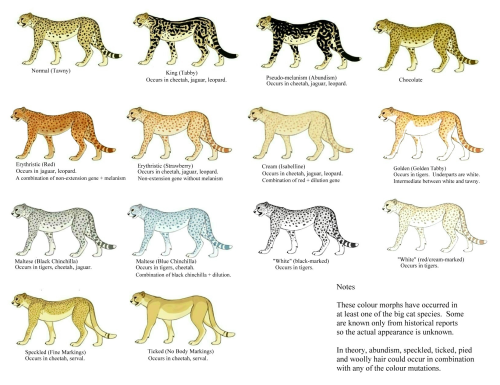
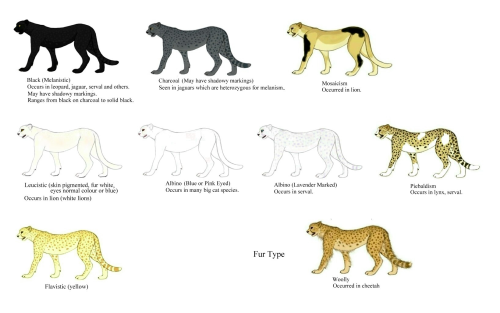
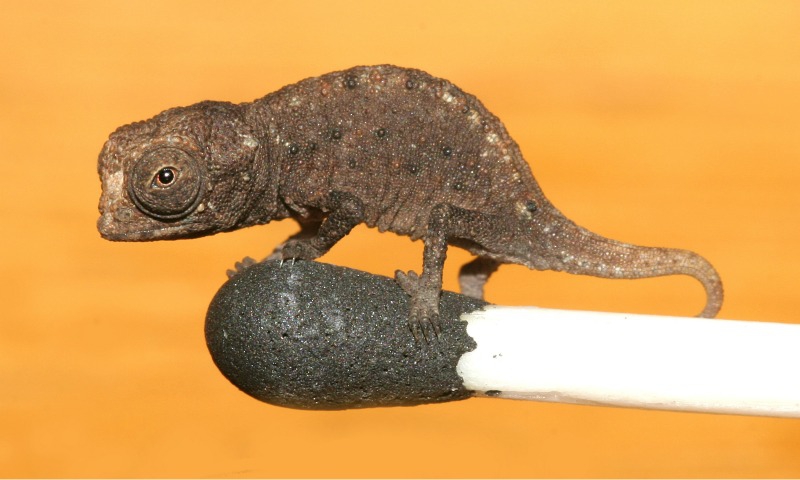
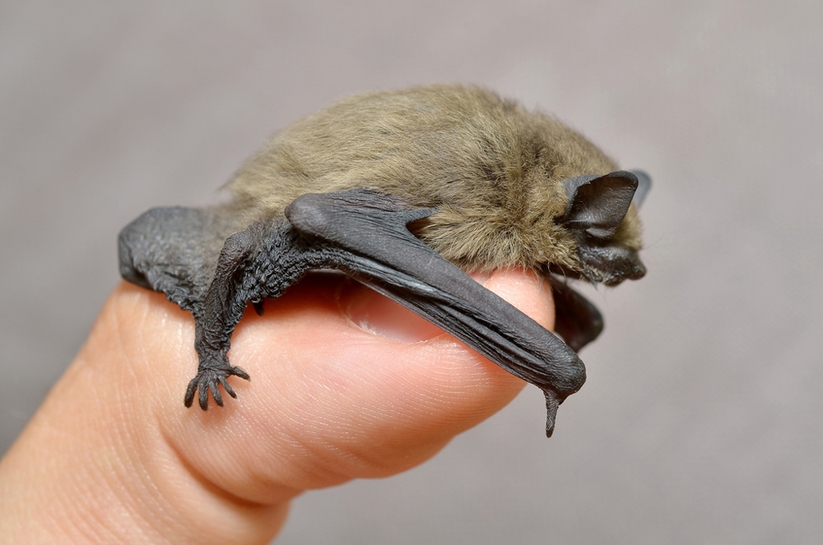

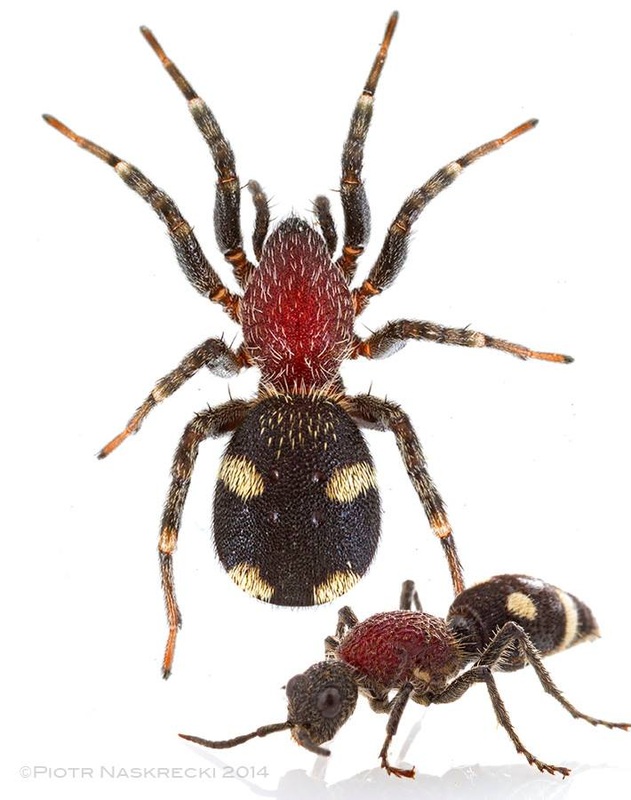
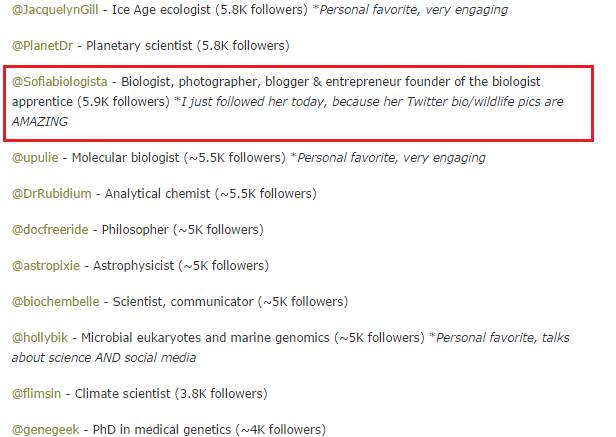
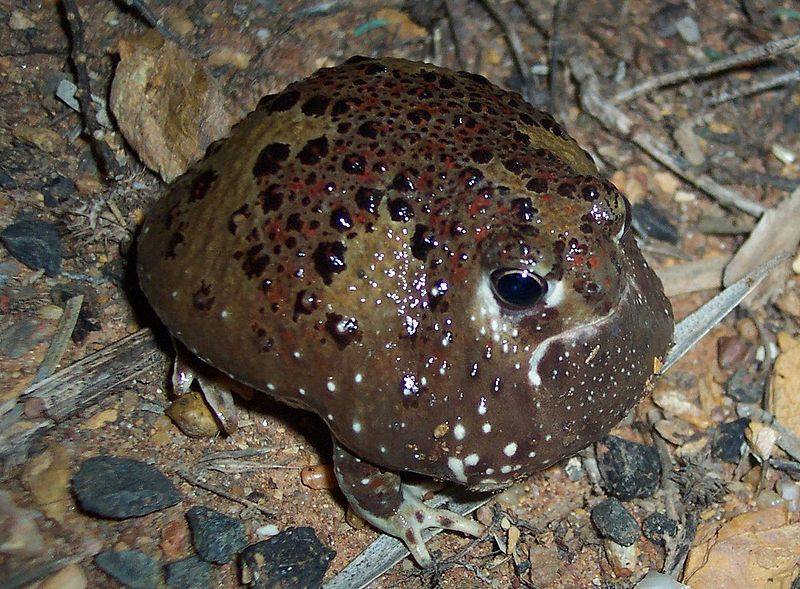
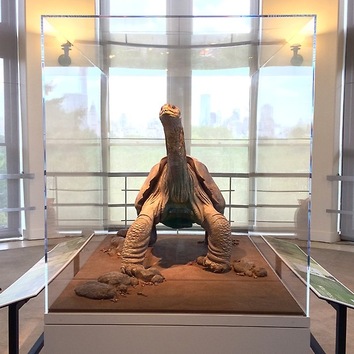
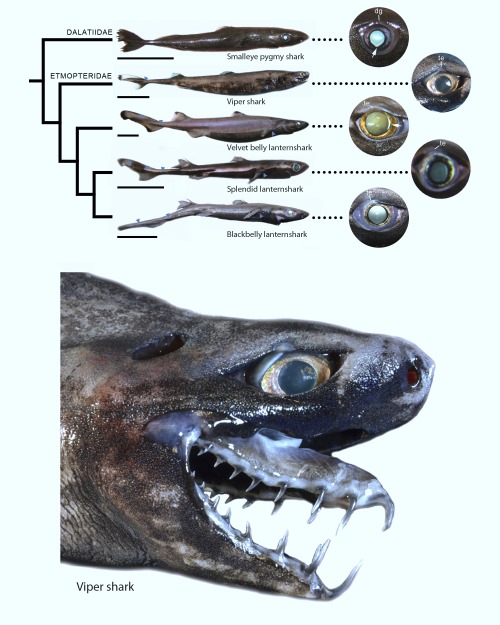
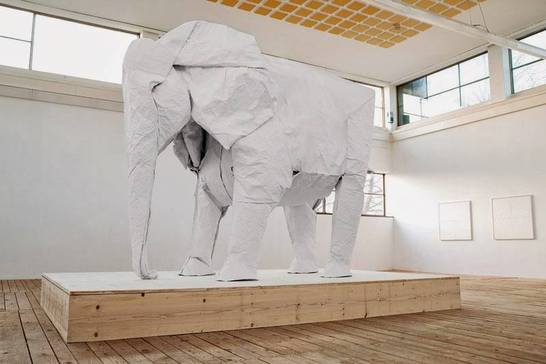
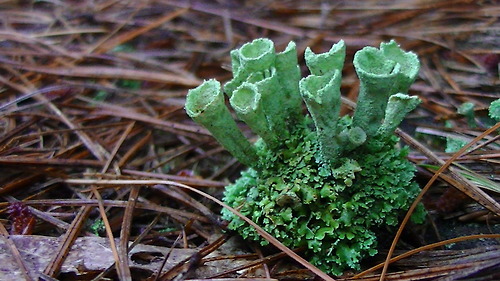
 RSS Feed
RSS Feed
